当前位置:网站首页>Build your own application based on Google's open source tensorflow object detection API video object recognition system (I)
Build your own application based on Google's open source tensorflow object detection API video object recognition system (I)
2022-07-06 14:53:00 【gmHappy】
Based on the first part Install and run Google open source TensorFlow Object Detection API Video object recognition system , Build your own application .
Replace the test image
Analysis of the source code :

The official test pictures are placed in test_images Under the table of contents , The name format is image{}.jpg(image+ Digital format ), Cycle two (image1.jpg、image2.jpg), To replace your own test image, just delete the original test_images Picture of catalog , Change your picture to image{}.jpg Format , If there are more than two pictures, modify range(1,?) that will do .
Model replacement
Analysis of the source code :
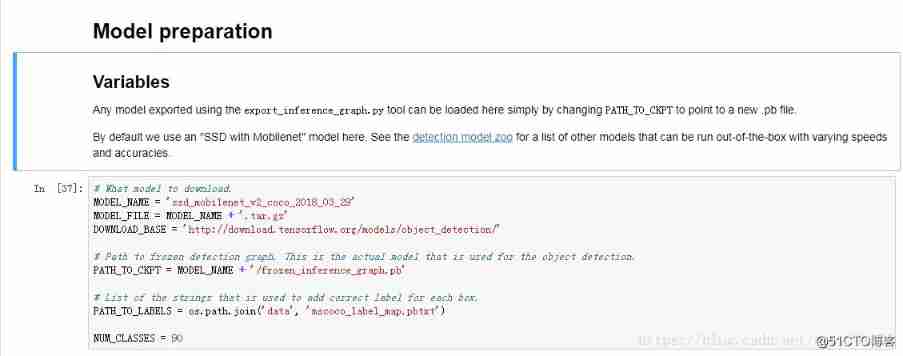
Model description address , As shown in the figure below, select the model you need to download :
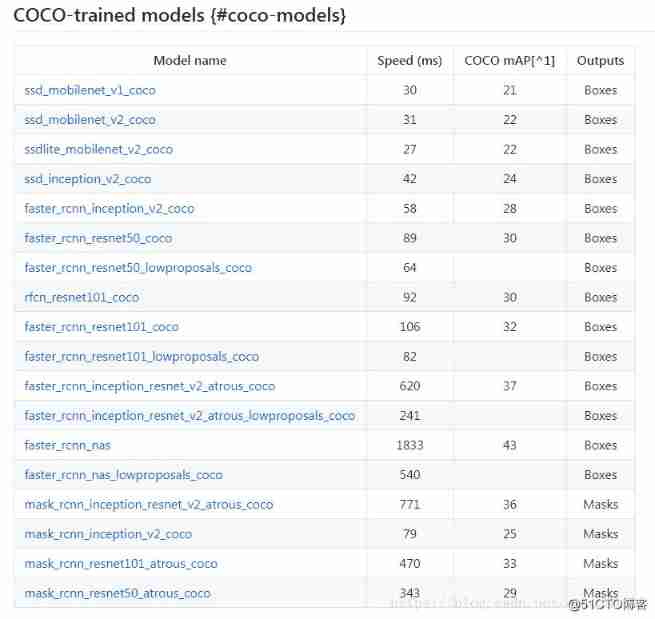
The source code will be MODEL_NAME Replace it with the model you need , Pay attention to adding a timestamp

Integrate into your own PYTHON project
newly build PYTHON project , Any project name , The catalog results are as follows :
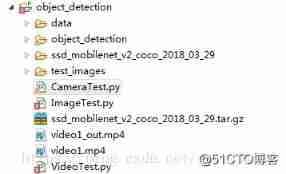
The whole compiled in the previous article object_detection Copy the directory to object_detection\object_detection\ Next ,
newly build test_images Store test pictures , The compiled object_detection/data Copy the directory to object_detection\ Next ,
Transfer the downloaded model ssd_mobilenet_v2_coco_2018_03_29.tar.gz copy to object_detection\ Next ,
newly build ImageTest.py.
So much nonsense , Start coding :
import numpy as np
import os
import six.moves.urllib as urllib
import sys
import tarfile
import tensorflow as tf
import zipfile
from collections import defaultdict
from io import StringIO
from matplotlib import pyplot as plt
from PIL import Image
# This is needed since the notebook is stored in the object_detection folder.
sys.path.append("..")
from object_detection.utils import ops as utils_ops
if tf.__version__ < '1.4.0':
raise ImportError('Please upgrade your tensorflow installation to v1.4.* or later!')
# This is needed to display the images.
from object_detection.utils import label_map_util
from object_detection.utils import visualization_utils as vis_util
os.environ['TF_CPP_MIN_LOG_LEVEL'] = '2'
##Model preparation##
# What model to download.
MODEL_NAME = 'ssd_mobilenet_v2_coco_2018_03_29'
MODEL_FILE = MODEL_NAME + '.tar.gz'
DOWNLOAD_BASE = 'http://download.tensorflow.org/models/object_detection/'
# Path to frozen detection graph. This is the actual model that is used for the object detection.
PATH_TO_CKPT = MODEL_NAME + '/frozen_inference_graph.pb'
# List of the strings that is used to add correct label for each box.
PATH_TO_LABELS = os.path.join('data', 'mscoco_label_map.pbtxt')
NUM_CLASSES = 90
## Download Model##
#opener = urllib.request.URLopener()
#opener.retrieve(DOWNLOAD_BASE + MODEL_FILE, MODEL_FILE)
tar_file = tarfile.open(MODEL_FILE)
for file in tar_file.getmembers():
file_name = os.path.basename(file.name)
if 'frozen_inference_graph.pb' in file_name:
tar_file.extract(file, os.getcwd())
## Load a (frozen) Tensorflow model into memory.
detection_graph = tf.Graph()
with detection_graph.as_default():
od_graph_def = tf.GraphDef()
with tf.gfile.GFile(PATH_TO_CKPT, 'rb') as fid:
serialized_graph = fid.read()
od_graph_def.ParseFromString(serialized_graph)
tf.import_graph_def(od_graph_def, name='')
## Loading label map
label_map = label_map_util.load_labelmap(PATH_TO_LABELS)
categories = label_map_util.convert_label_map_to_categories(label_map, max_num_classes=NUM_CLASSES, use_display_name=True)
category_index = label_map_util.create_category_index(categories)
def load_image_into_numpy_array(image):
(im_width, im_height) = image.size
return np.array(image.getdata()).reshape(
(im_height, im_width, 3)).astype(np.uint8)
# For the sake of simplicity we will use only 2 images:
# image1.jpg
# image2.jpg
# If you want to test the code with your images, just add path to the images to the TEST_IMAGE_PATHS.
PATH_TO_TEST_IMAGES_DIR = 'test_images'
TEST_IMAGE_PATHS = [ os.path.join(PATH_TO_TEST_IMAGES_DIR, 'image{}.jpg'.format(i)) for i in range(1, 3) ]
# Size, in inches, of the output images.
IMAGE_SIZE = (12, 8)
def run_inference_for_single_image(image, graph):
with graph.as_default():
with tf.Session() as sess:
# Get handles to input and output tensors
ops = tf.get_default_graph().get_operations()
all_tensor_names = {output.name for op in ops for output in op.outputs}
tensor_dict = {}
for key in [
'num_detections', 'detection_boxes', 'detection_scores',
'detection_classes', 'detection_masks'
]:
tensor_name = key + ':0'
if tensor_name in all_tensor_names:
tensor_dict[key] = tf.get_default_graph().get_tensor_by_name(
tensor_name)
if 'detection_masks' in tensor_dict:
# The following processing is only for single image
detection_boxes = tf.squeeze(tensor_dict['detection_boxes'], [0])
detection_masks = tf.squeeze(tensor_dict['detection_masks'], [0])
# Reframe is required to translate mask from box coordinates to image coordinates and fit the image size.
real_num_detection = tf.cast(tensor_dict['num_detections'][0], tf.int32)
detection_boxes = tf.slice(detection_boxes, [0, 0], [real_num_detection, -1])
detection_masks = tf.slice(detection_masks, [0, 0, 0], [real_num_detection, -1, -1])
detection_masks_reframed = utils_ops.reframe_box_masks_to_image_masks(
detection_masks, detection_boxes, image.shape[0], image.shape[1])
detection_masks_reframed = tf.cast(
tf.greater(detection_masks_reframed, 0.5), tf.uint8)
# Follow the convention by adding back the batch dimension
tensor_dict['detection_masks'] = tf.expand_dims(
detection_masks_reframed, 0)
image_tensor = tf.get_default_graph().get_tensor_by_name('image_tensor:0')
# Run inference
output_dict = sess.run(tensor_dict,
feed_dict={image_tensor: np.expand_dims(image, 0)})
# all outputs are float32 numpy arrays, so convert types as appropriate
output_dict['num_detections'] = int(output_dict['num_detections'][0])
output_dict['detection_classes'] = output_dict[
'detection_classes'][0].astype(np.uint8)
output_dict['detection_boxes'] = output_dict['detection_boxes'][0]
output_dict['detection_scores'] = output_dict['detection_scores'][0]
if 'detection_masks' in output_dict:
output_dict['detection_masks'] = output_dict['detection_masks'][0]
return output_dict
for image_path in TEST_IMAGE_PATHS:
image = Image.open(image_path)
# the array based representation of the image will be used later in order to prepare the
# result image with boxes and labels on it.
image_np = load_image_into_numpy_array(image)
# Expand dimensions since the model expects images to have shape: [1, None, None, 3]
image_np_expanded = np.expand_dims(image_np, axis=0)
# Actual detection.
output_dict = run_inference_for_single_image(image_np, detection_graph)
# Visualization of the results of a detection.
vis_util.visualize_boxes_and_labels_on_image_array(
image_np,
output_dict['detection_boxes'],
output_dict['detection_classes'],
output_dict['detection_scores'],
category_index,
instance_masks=output_dict.get('detection_masks'),
use_normalized_coordinates=True,
line_thickness=8)
plt.figure(figsize=IMAGE_SIZE)
plt.imshow(image_np)
plt.show()
- 1.
- 2.
- 3.
- 4.
- 5.
- 6.
- 7.
- 8.
- 9.
- 10.
- 11.
- 12.
- 13.
- 14.
- 15.
- 16.
- 17.
- 18.
- 19.
- 20.
- 21.
- 22.
- 23.
- 24.
- 25.
- 26.
- 27.
- 28.
- 29.
- 30.
- 31.
- 32.
- 33.
- 34.
- 35.
- 36.
- 37.
- 38.
- 39.
- 40.
- 41.
- 42.
- 43.
- 44.
- 45.
- 46.
- 47.
- 48.
- 49.
- 50.
- 51.
- 52.
- 53.
- 54.
- 55.
- 56.
- 57.
- 58.
- 59.
- 60.
- 61.
- 62.
- 63.
- 64.
- 65.
- 66.
- 67.
- 68.
- 69.
- 70.
- 71.
- 72.
- 73.
- 74.
- 75.
- 76.
- 77.
- 78.
- 79.
- 80.
- 81.
- 82.
- 83.
- 84.
- 85.
- 86.
- 87.
- 88.
- 89.
- 90.
- 91.
- 92.
- 93.
- 94.
- 95.
- 96.
- 97.
- 98.
- 99.
- 100.
- 101.
- 102.
- 103.
- 104.
- 105.
- 106.
- 107.
- 108.
- 109.
- 110.
- 111.
- 112.
- 113.
- 114.
- 115.
- 116.
- 117.
- 118.
- 119.
- 120.
- 121.
- 122.
- 123.
- 124.
- 125.
- 126.
- 127.
- 128.
- 129.
- 130.
- 131.
- 132.
- 133.
- 134.
- 135.
- 136.
- 137.
- 138.
- 139.
- 140.
- 141.
- 142.
- 143.
- 144.
- 145.
- 146.
- 147.
The above code will modify the source code :

Change it to


Change it to ( The model has been downloaded and put , No need to download again )


Change it to ( New addition plt.show(), You can't show it without pictures )

Since then , The TensorFlow Object Detection API Integrate into your own project .
边栏推荐
- [pointer] find the value of the largest element in the two-dimensional array
- Zhejiang University Edition "C language programming experiment and exercise guide (3rd Edition)" topic set
- How does SQLite count the data that meets another condition under the data that has been classified once
- 函数:求两个正数的最大公约数和最小公倍
- Function: string storage in reverse order
- 【指针】查找最大的字符串
- Numpy快速上手指南
- About the garbled code problem of superstar script
- 《统计学》第八版贾俊平第三章课后习题及答案总结
- Lintcode logo queries the two nearest saplings
猜你喜欢
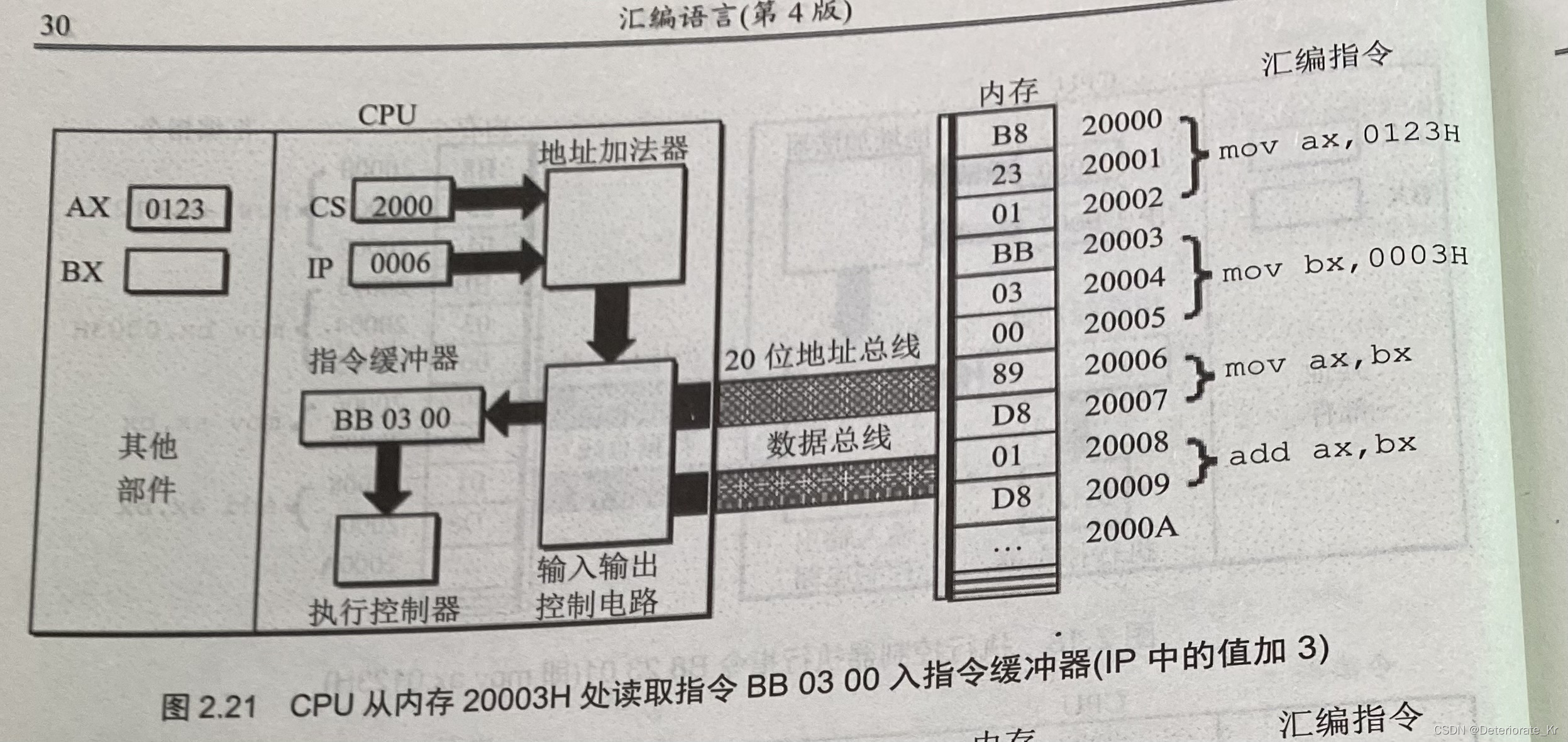
王爽汇编语言详细学习笔记二:寄存器

JDBC read this article is enough

The salary of testers is polarized. How to become an automated test with a monthly salary of 20K?

servlet中 servlet context与 session与 request三个对象的常用方法和存放数据的作用域。
![Cadence physical library lef file syntax learning [continuous update]](/img/0b/75a4ac2649508857468d9b37703a27.jpg)
Cadence physical library lef file syntax learning [continuous update]
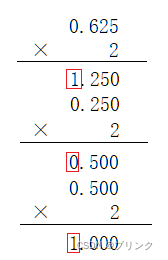
数字电路基础(一)数制与码制
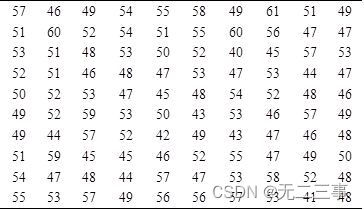
《统计学》第八版贾俊平第三章课后习题及答案总结
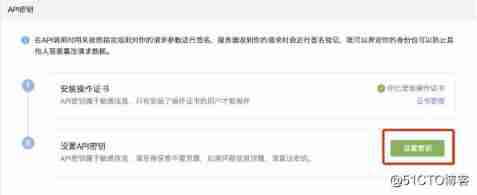
Realize applet payment function with applet cloud development (including source code)
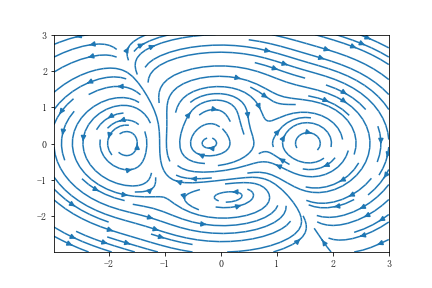
Matplotlib绘图快速入门

线程的实现方式总结
随机推荐
Statistics 8th Edition Jia Junping Chapter IX summary of knowledge points of classified data analysis and answers to exercises after class
Es full text index
C language do while loop classic Level 2 questions
Markdown font color editing teaching
【指针】统计一字符串在另一个字符串中出现的次数
Solutions to common problems in database development such as MySQL
数据库多表链接的查询方式
How to test whether an object is a proxy- How to test if an object is a Proxy?
Get started with Matplotlib drawing
5 minutes to master machine learning iris logical regression classification
【指针】数组逆序重新存放后并输出
[pointer] counts the number of times one string appears in another string
Fundamentals of digital circuits (III) encoder and decoder
[pointer] find the largest string
浙大版《C语言程序设计实验与习题指导(第3版)》题目集
Login the system in the background, connect the database with JDBC, and do small case exercises
DVWA exercise 05 file upload file upload
1.支付系统
How to earn the first pot of gold in CSDN (we are all creators)
What level do 18K test engineers want? Take a look at the interview experience of a 26 year old test engineer